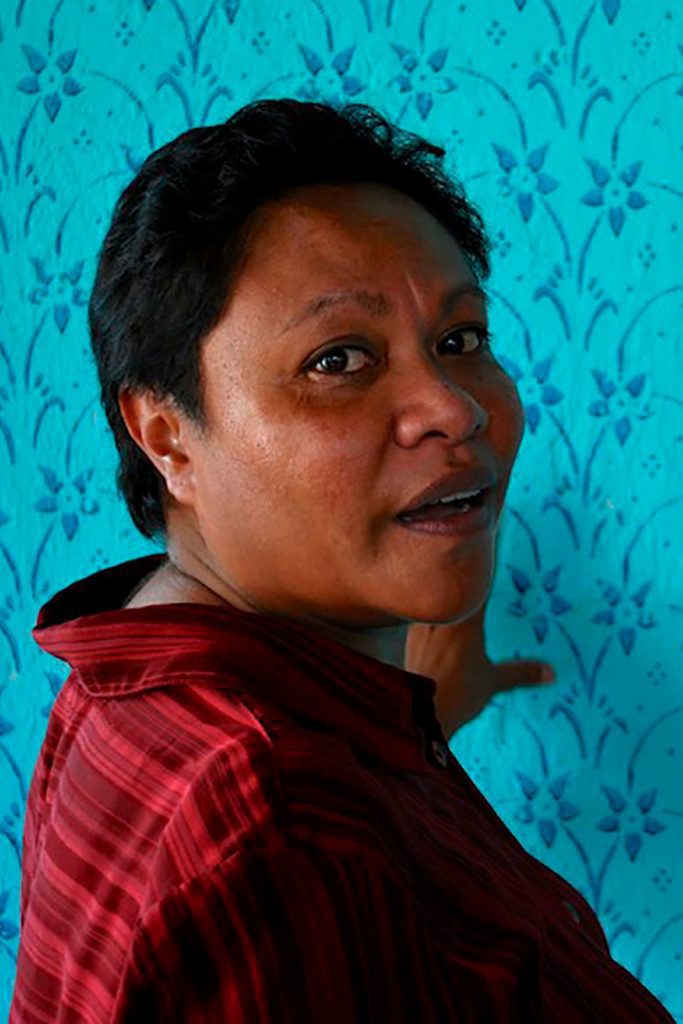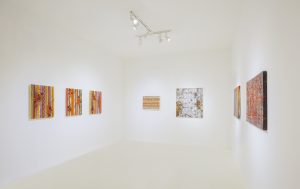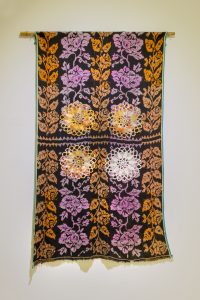Maria Madeira (Timor Leste-Perth)
Maria Madeira (born in Gleno, Timor-Leste) evacuated from Timor by the Portuguese in 1976 during the Indonesian invasion. She spent most of the following eight years in a refugee camp run by the Red Cross on the outskirts of Lisbon in Portugal. She migrated with her family to Australia in 1983. Over the years, she obtained several academic qualifications. She graduated with a B.A. Fine Arts (Visual Arts) Degree from Curtin University in 1991. Two years later she received a Graduate Diploma of Education (Major in Art) from the same university. In 1996, she obtained her second degree, a B.A. in Political Science from Murdoch University. In 2019, she finally obtained a postgraduate (Doctor of Philosophy – Art) from Curtin University in Australia.
Between 1996 and 2000, she worked in Western Australia as a high school art teacher, visual artist and cultural advisor for several arts and cultural organisations. Between the 2000 and 2004, she returned to Timor-Leste to live and play her part in the recovery, rebuilding and development of her beloved country and the newest nation in Asia. She currently lives in Perth with her partner and son.
Maria works with various mediums, from paintings, sculpture, drawing, mixed media collage and installation. Her works have been exhibited Internationally in 30 countries including Australia, Portugal, Brazil, Macau, Indonesia, Timor-Leste and so on.
“Feto no Ama Sira” (2021) ; “Loro Sa’e to’o Loro Monu” (2021)
Mixed media on textile, Solar-dyeing on tais (traditional Timorese cloth)
“Fan Na’an Fatin” (2010); “Kladalak” (2021); “Timor Portugues” (2020); “Ai Kabas” (2019); “Where Is My Independence?” (2021);
Mixed Media on canvas
“Memories – Gleno” (2019) ; “Tais Mane”(2020); “Bihin Losa I” (2021); “Bihin Losa II” (2021); “Bihin Losa III” (2021)
Mixed media on paper
Maria Madeira’s work juxtaposes handicraft which tend to be classified as traditional art in contrast with contemporary art, between the past and present. For Maria, textile and craft combined with her technique referring to the situated knowledge as the best expression to speak about her concern of discrimination and domestic violence based on gender which still happened in a lot of place, including Timor-Leste.
Through handknitting, solar-dyeing on fabric, red soil from Maria birthplace, and betel nut, this series of artwork talk about knowledge and female position on Timor-Leste society. While researching for the issues, Maria also face reality that there are Timor-Leste people experience violence and sexual harassment in daily basis, mostly those work in prostitution and those prone to sex trafficking. The prostitution starts since the use of US Dollar after the independence of Timor-Leste.



